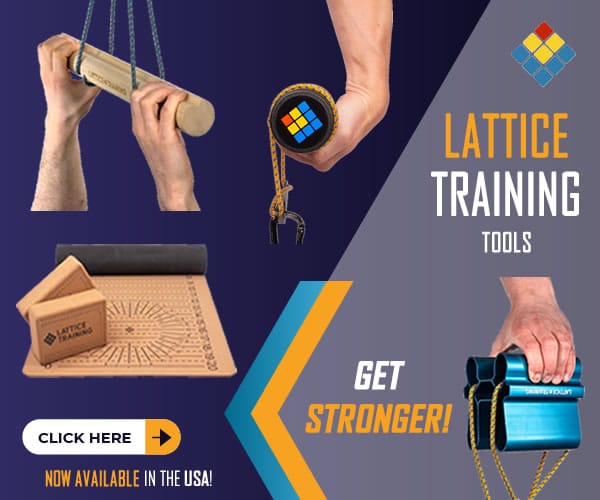The shoe doesn’t make the climber…but shoe choice still matters. Match your climbing shoes to the terrain you’re on so that you can make the most of your efforts.
The crux of my current project at Rifle Mountain Park hangs on an intricate heel-toe cam wedged between two horizontal slabs of rock. My smaller-than-average foot barely spans the gap, which adds even more challenge to the move. The cam could never seem to stay in place throughout the entirety of the move. My foot would inevitably pop out every time that I released my grip to weight the cam and swing my arm over my head to the next hold. With every other sequence dialed, I found myself so frustrated by this stopper move that I nearly threw in the towel on the whole climb completely.
As it turned out, the problem didn’t have much to do with my actual climbing ability. I had just been wearing the wrong shoes. Swapping out my soft pair for a stiffer option held the key to keeping my foot wedged in the cam and sticking the move.
There’s no substitute for solid strength and impeccable technique in climbing. If you don’t have what it takes internally to tackle a climb, don’t expect different shoes to negate that. But the right pair of shoes can make a serious difference when it comes to effectively applying your strength and technique. Learn how to select the best shoe from your quiver for the climb you have in mind.
Stiff Versus Soft Shoes
Personally, I tend to opt for soft shoes most of the time. That’s because I spend the majority of my climbing time in Rifle Mountain Park, an area known for glassy feet that depend more on full body tension than precise edging. In cases like this, soft and flexible shoes that can mold to the rock are your best bet. Soft shoes feature thinner, more malleable rubber soles for heightened sensitivity on the rock and flexible midsoles for a greater range of motion. You’ll be able to feel the footholds more easily and create more friction against the rock, thanks to the increased surface area of your shoes as the rubber flexes to the shape of the hold.
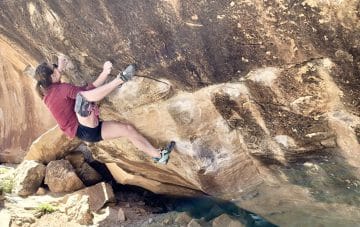
Opt for soft climbing shoes, like the SCARPA Instinct VS here, when body tension and sensitivity to the rock are paramount.
Examples of especially soft climbing shoes include the Drago or the Instinct VS from SCARPA, or the Mantra and Solution Comp from La Sportiva.
But the major downside of soft shoes is the fact that they’re much less supportive and exacting than their stiffer counterparts. Delicate edging on highly technical terrain demands precision that soft shoes can’t offer. Long climbs that tax your feet and calves also call for stiffer shoes that can take some of the onus off of your muscles. And for all you “fun size” climbers out there (like yours truly), stiff shoes can help maximize your reach on big moves. Stiffer rubber and midsoles perch on top of the rock rather than softening against it, giving you that extra centimeter of reach and a more stable foundation to push from. Every little bit counts!
Examples of stiff climbing shoes include the SCARPA Vapor, the La Sportiva Miura, and the Black Diamond Zone.
Aggressive Versus Neutral Shoes
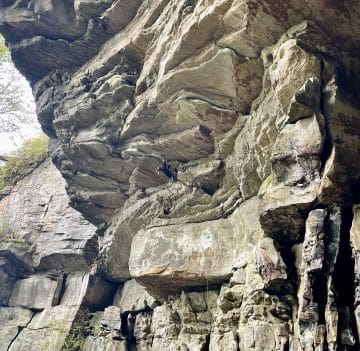
Spot the climber! Climbing on steep terrain requires a different climbing shoe choice than when on more vertical walls.
The second major difference in shoe design comes down to the shape of the shoe. Many new climbers erroneously believe that aggressive, or downturned, shoes signal a rite of passage into more advanced levels of climbing. In reality, that’s not entirely true—and often results in climbers going aggressive without regard for the terrain at hand. But there’s a time and place for both aggressive and neutral options.
Aggressive shoes perform better on steep rock. That’s likely where a lot of the misconception around the relationship between climbing ability and shoe shape comes from, since steep climbs do tend to present more of a challenge to beginner climbers than those with more experience. The downturned shape of aggressive shoes helps climbers “toe in” on overhangs and roofs, which makes it easier to keep close to the rock. Think of the downturned toe like a claw that hooks over the footholds for a more secure grasp. The less energy wasted on unintentional foot cuts and unnecessary swings, the better!
Aggressive climbing shoe options include the La Sportiva Solution, the SCARPA Chimera, and the Evolv Shaman.
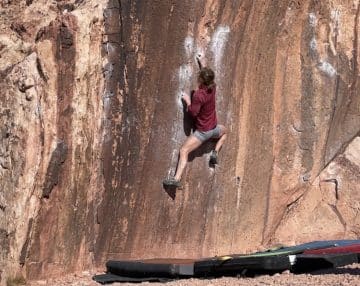
Vertical terrain benefits from a stiffer climbing shoe.
Neutral shoes, on the other hand, perform better on less overhanging faces. Vertical wall angles don’t necessitate the same “claw” design, since gravity isn’t exerting quite as much downward force compared to steeper terrain. Neutral shoes are also more comfortable, which makes them an appropriate choice on climbs that tax your feet enough already. Think multi-pitch routes, crack climbs, and calf-blasting slabs.
Neutral climbing shoes include the SCARPA Force, the La Sportiva TC Pro, and the Tenaya Tanta.
We already know that a master climber is a well-rounded climber, and diversifying your climbing skill set is the best way to boost your climbing potential. So, ambitious climbers would do well to have each of these climbing shoe options in their quiver, er, backpack!. You never know what type of shoe a climb will call for—even at a crag that you know well. Surprises, like a tenuous heel-toe cam, can crop up at any time and affect your shoe needs. Round out your quiver with soft, stiff, aggressive, and neutral climbing shoes so you’re prepared for whatever terrain you encounter.
Related Articles:
- Pursue Climbing Mastery by Diversifying Your Skill Set
- The Differences Between Bouldering and Sport Climbing
- 5 Tips for Improving Your Climbing Efficiency
- Get Lit: An Introduction to Interactive Climbing Boards
- How Matt Fultz Trains from Home for V16 Climbs
Copyright © 2000–2023 Eric J. Hörst & Lucie Hanes| All Rights Reserved.

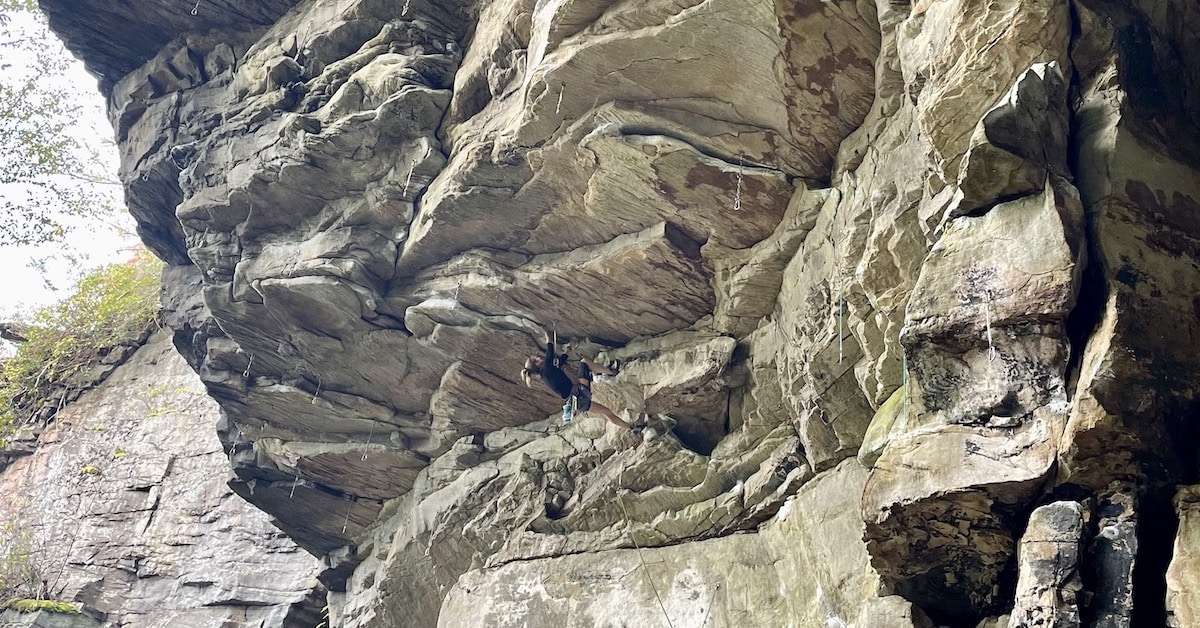


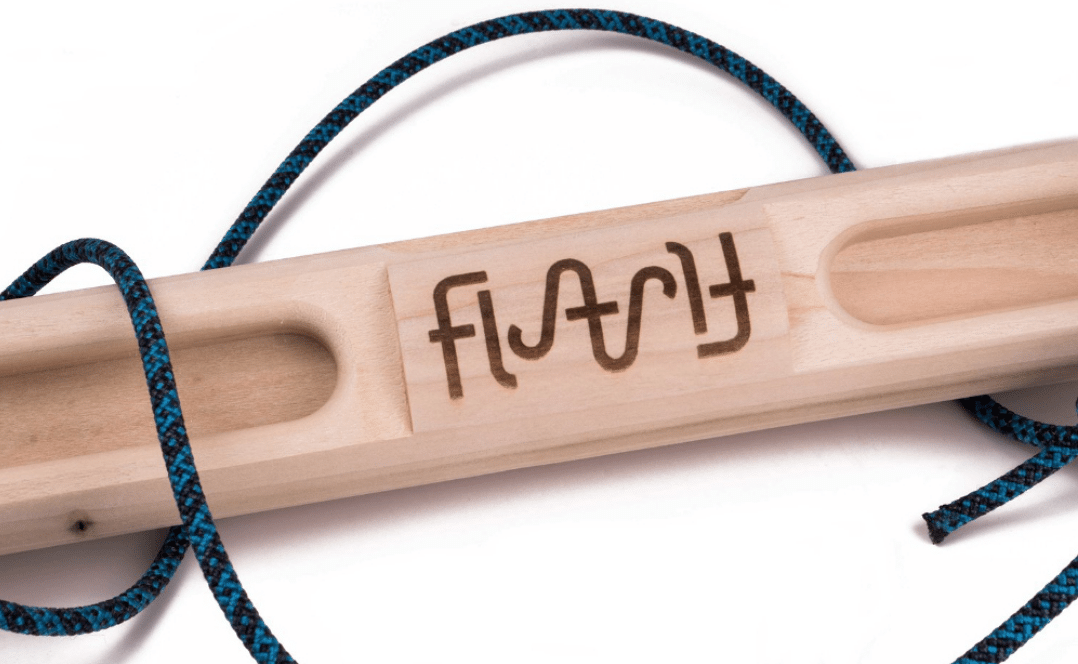

![🚨New Training For Climbing podcast drop! [**Link in bio.**]
This a two-part deep dive into designing a comprehensive, long-term systems approach to training. Coach @eric_horst unpacks—in rich detail—how systems actually function, and he highlights how transformative climbers throughout history “shake up the box” with innovative, highly effective methods to achieve big goals and push the boundaries of our sport.
In Part 1 (#122), Eric blends a concise climbing history lesson with an engineer-like breakdown of how intelligent systems operate. Part 2 (#123) of this series will deliver the actionable strategies you can use to build a personalized, high-performance training system for this winter…and for many seasons to come.
Eric emphasizes that as climbers progress beyond the beginner stage, climbing and training grow increasingly complex—requiring intentional, organized, and year-round development of strength, technique, mental skills, recovery habits, nutrition, and lifestyle management. Rather than ad-lib sessions or singular-focus programs (like only training strength), climbers need a comprehensive system fine-tuned daily and seasonally.
This is an entertaining and thought-provoking episode—so lean in, listen closely, and get ready to feel inspired, challenged, and equipped to level-up your modus operandi at the crag, in the gym, at home, and in everything you do! Listen on Apple Podcasts, Spotify, or online using the web player below.
#climbingtraining #bouldering #indoorclimbing #climbing #climbingpodcast #erichorst #trainingforclimbing @lasportivana @physivantage](https://trainingforclimbing.com/wp-content/plugins/instagram-feed/img/placeholder.png)

